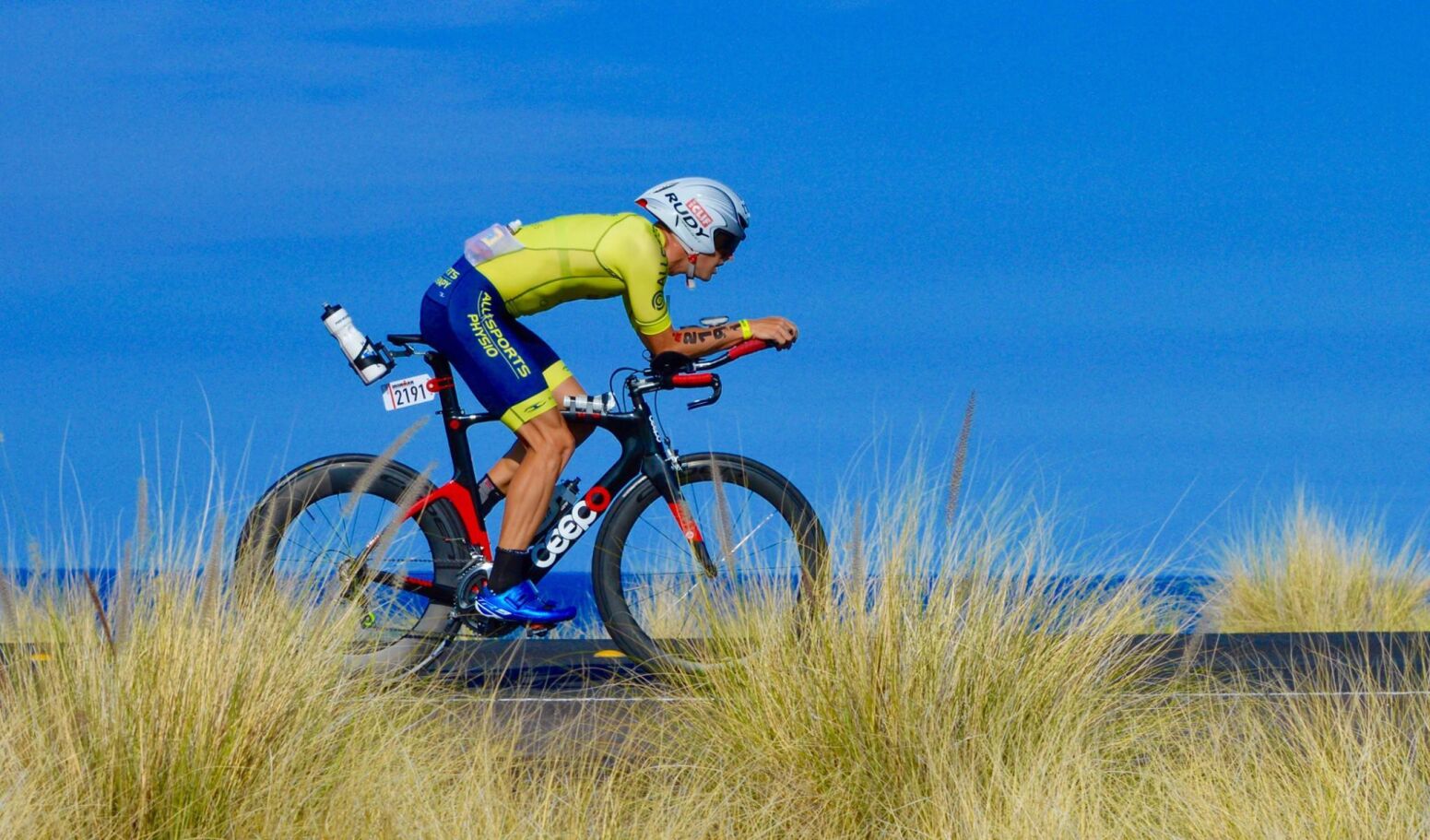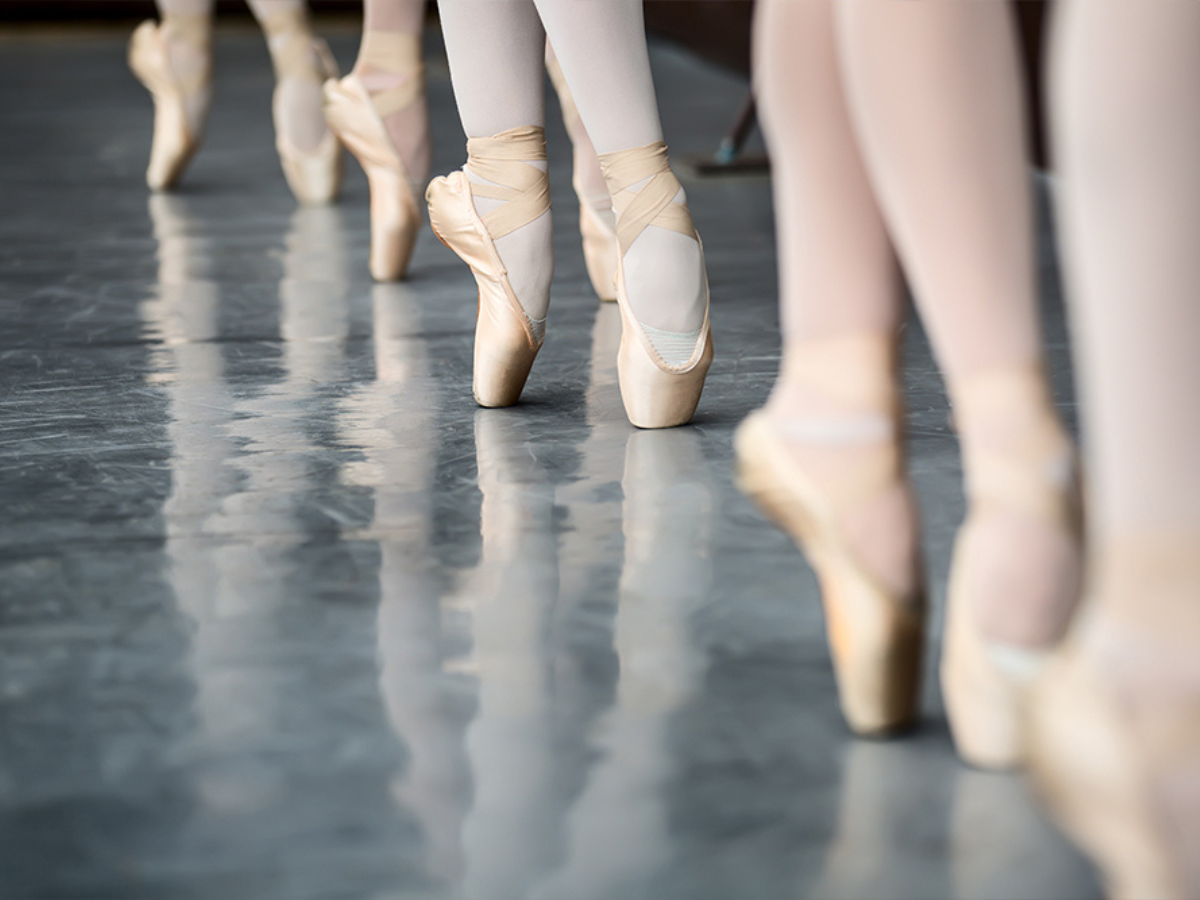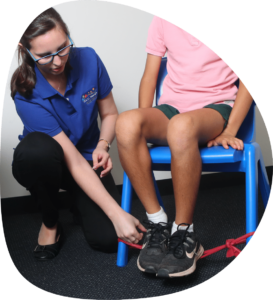Diabetes Australia warns that for people with diabetes, small wounds can lead to infections, ulceration and amputation, and this can be a sobering thought. However, podiatry researchers have found that most diabetes-related foot complications are avoidable with a few simple steps. In this blog, we are going to look into how diabetes can lead to foot complications and then discuss some simple preventative measures you can take to minimise your risk.
The International Working Group of the Diabetic Foot (IWGDF) (some would argue, the world’s experts in this area) refers to four main factors affecting foot complications in diabetes – blood glucose levels (BGLs), nerve health (having good sensation), blood supply, and the shape of your foot. Read more







 Occupational therapy plays a vital role in supporting the development and well-being of children with Autism Spectrum Disorder (ASD). By addressing sensory, motor, and cognitive challenges, occupational therapists empower autistic children to enhance their functional abilities and engage in their life whole heartedly. In this blog, we will explore the significant impact of occupational therapy on autistic children and how it promotes their independence and participation in daily activities.
Occupational therapy plays a vital role in supporting the development and well-being of children with Autism Spectrum Disorder (ASD). By addressing sensory, motor, and cognitive challenges, occupational therapists empower autistic children to enhance their functional abilities and engage in their life whole heartedly. In this blog, we will explore the significant impact of occupational therapy on autistic children and how it promotes their independence and participation in daily activities.